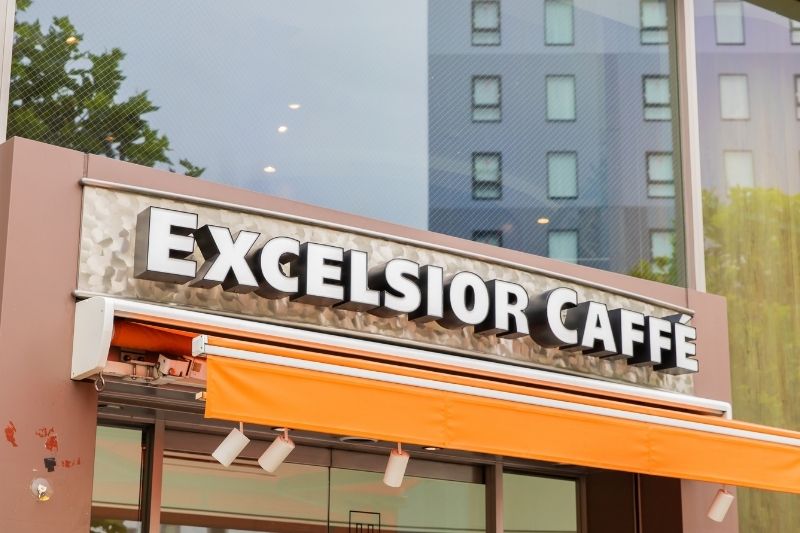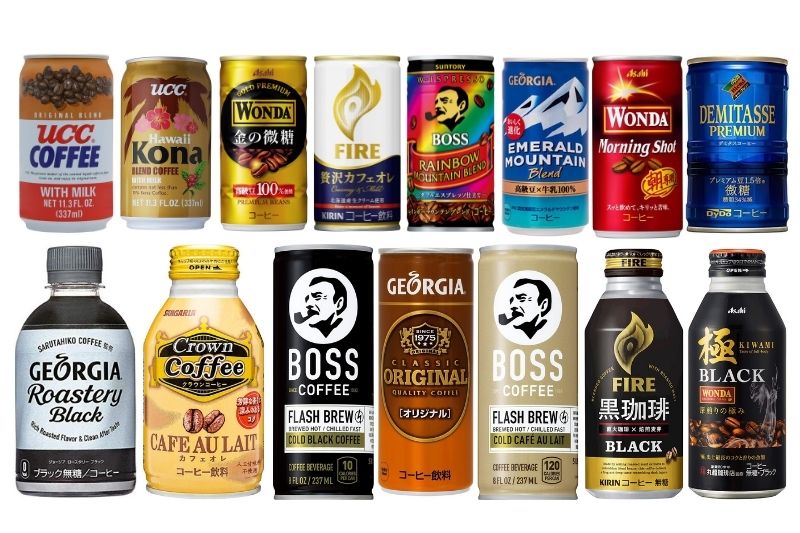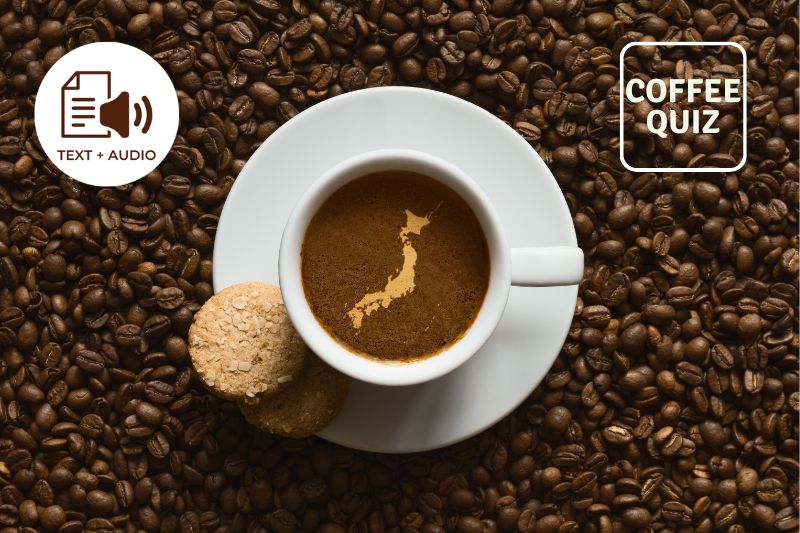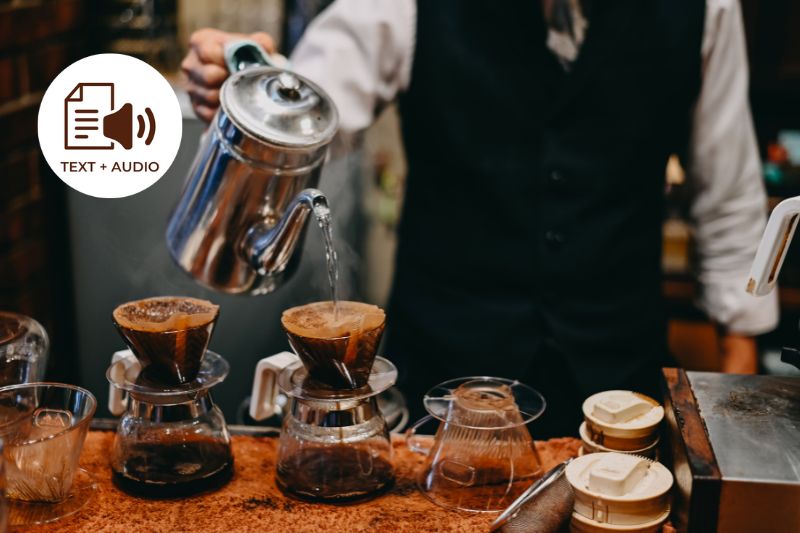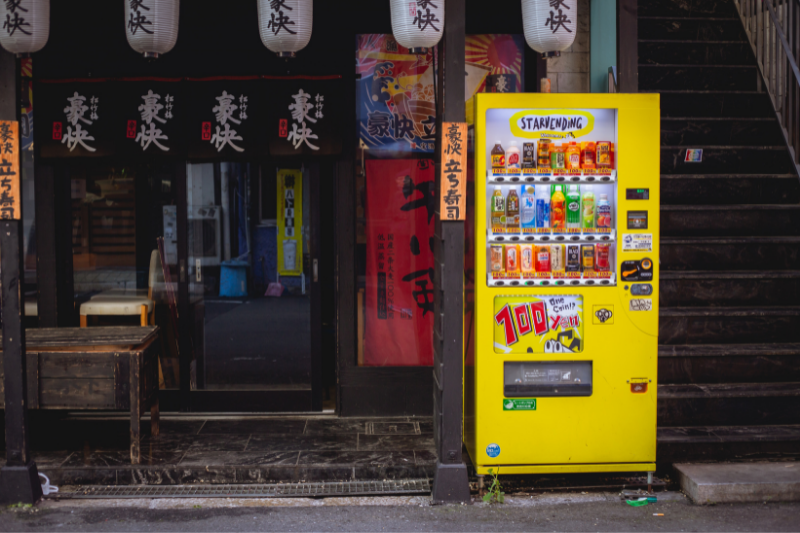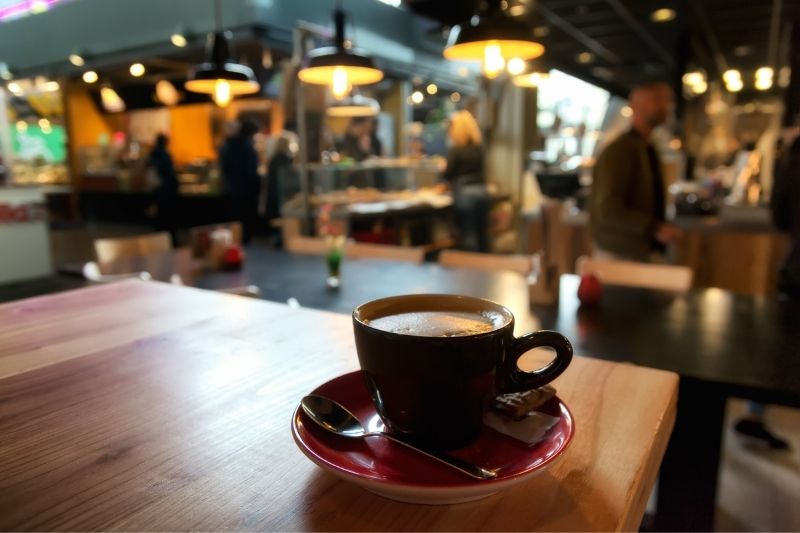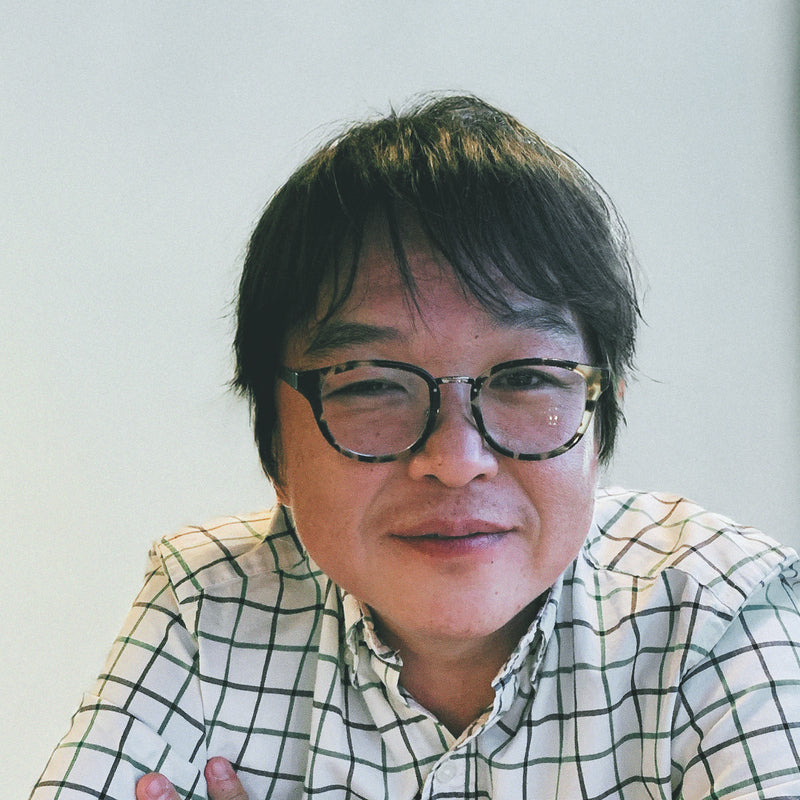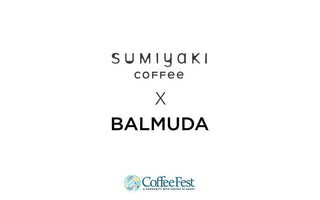Innovation. That’s the first word that comes to mind when talking about Japan and the way they approach business practices. But it goes beyond that.
The Japanese have a way of bringing together tradition and innovation by adding a personal touch to their products and services. This forms a strong connection with the consumers who keep coming back to buy a product or a service.

The coffee industry in Japan follows this concept as well, and some of the more recent coffee trends prove it. So, let’s find out what some of these trends are and just how Japanese coffee professionals continue to be successful year after year.
Modern coffee shops that make a difference
Aside from the traditional Kissaten, Japan is so full of modern coffee shops that you wouldn’t know which one to visit first. What’s interesting about these places is that they actually differ a lot from each other. Let’s have a look at two of them.
Komeda’s Coffee
Each coffee shop has a personal touch that makes it unique. Aspects like the design of the space, the atmosphere, and the menu on offer make these shops unique. Take, for example, Komeda’s Coffee.
 Image from Komeda's Coffee
Image from Komeda's Coffee
The first shop opened in Nagoya, but now there are more than 800 stores throughout Japan. What makes this place so unique is its menu. For just the price of a coffee, they also serve you a delicious snack of your choice. In fact, the coffee and snacks have become so popular that you can even buy them in miniature!
Ueshima Coffee House
There are a lot of reasons why this coffee shop is so popular. First of all, the ambiance is warm and relaxing. Customers enjoy over-the-counter service in a space designed with wooden details that make you feel right at home and in touch with nature.
What’s more, their flannel drip coffee is very smooth and sweet, a result of their carefully selected roasting methods, depending on the bean variety. Lastly, you will find drinks on their menu you won’t see anywhere else, like the brown sugar milk coffee and the golden sesame milk coffee. This place is definitely creating its own coffee trends!
Both of these coffee shops focus on the quality of their coffee but keep finding ways to offer a unique service to their customers that keeps them coming back. This is something that the Japanese do exceptionally well: find uniqueness in simplicity and create new trends.
Maker culture sites
Ever heard of the term "maker culture"? Basically, it refers to collaborations through hands-on action in a social environment. A lot of maker culture spaces have been popping up all over Japan in the last few years, and the coffee industry professionals couldn't miss out on this trend!
It wasn’t long before Home, the first "shared roaster space" coffee shop, opened its doors in July 2017 in Osaka. The space is managed by Hoop, a company with the vision to connect the coffee community in Japan.

Image from Hoop
Home is full of on-site roasters and barista equipment, so anyone can hone their skills at being a roaster and a barista. The equipment is state-of-the-art, and the beans on offer are of top quality, so anyone can experiment and learn only by using the best of the best.
From time to time, they also organize workshops and events that always follow current trends. Maker culture spaces focus on collaboration and innovation, so it’s no surprise that Japanese coffee professionals have embraced this concept as they always strive to bring the industry forward.
Ready-to-drink canned coffee
Japan is probably the only country in the world where you can find any type of coffee in a vending machine. They have canned americano, espresso, latte, café au lait, filter, and more, plus different types of blends depending on your taste!
The canned coffee culture in Japan started in the 1960s, and to this day, there are more than 5.5 million vending machines across Japan selling canned coffee. So it’s not exactly a recent trend, but what’s extraordinary is that it’s still a trend!
Many companies like Craft BOSS keep innovating and coming up with new recipes for their canned coffee. In fact, this company ranked as Japan’s third-largest beverage brand, selling 100 million cases during 2018.
The lesson learned here is that just because something got popular 60 years ago doesn’t mean it can’t be a trend today since Japanese companies are reinventing themselves and continuing to respond to the industry’s and the consumer’s needs.
Coffee’s influence in tea culture
We all know that when one thinks of Japan, they first think of tea, not coffee. However, the country has proved everyone wrong in more ways than one! And now the interesting trend is that coffee culture has a direct influence on the more traditional tea culture in Japan.
In recent years, you can find more and more tea stands around the country offering unique drinks with tea as their base, such as matcha and houjicha lattes. What’s more, much like a barista, the person making your tea drink is called a charista (cha means tea in Japanese).
These people have high skills and extensive knowledge about modern tea culture and drinks in Japan. So, if you are someone who prefers tea over coffee or enjoys both, Japan has everything in store for you.
Final Thoughts
One of the many things that the Japanese people understand really well is business. All the above examples prove that they make business something personal; they add their own personal touch to their goods and services and give customers something they want before they themselves know it.

That’s why so many trends start in Japan and spread across the world, just like the origins of Blue Bottle Coffee. There is truly a lot to learn from these trends and the way the Japanese do business. For them, it’s more than just business; it’s offering something valuable to consumers, something they believe in.
Get Free Bonus Books

Sign up for free to the Coffee Club to get advice and exclusive articles about how to choose Japanese Coffee, and tips, tricks, and recipes for enjoying Japanese coffee.
About the author
Kei Nishida
Author, CEO Dream of Japan
Certification: PMP, BS in Computer Science
Education: Western Washington University
Kei Nishida is a passionate Japanese tea and coffee connoisseur, writer, and the founder and CEO of Japanese Coffee Co. and Japanese Green Tea Co., both part of Dream of Japan.
His journey began with a mission to introduce the world to the unparalleled quality of Japanese green tea. Through Japanese Green Tea Co., he established the only company that sources premium tea grown in nutrient-rich sugarcane soil—an innovation that led to multiple Global Tea Champion awards.
Building on this success and his passion for Japanese craftsmanship, Kei expanded into the world of coffee, pioneering the launch of Japanese Coffee Co., the first company to bring Sumiyaki charcoal-roasted coffee to a global audience. His dedication to authenticity and quality ensures that this traditional Japanese roasting method, once a well-kept secret, is now enjoyed worldwide.
Beyond tea and coffee, Kei has also introduced Japan’s legendary craftsmanship to the world through Japanese Knife Co., making handmade katana-style knives—crafted by a renowned katana maker—available outside Japan for the first time.
Kei’s journey continues as he seeks out and shares the hidden treasures of Japan, one cup and one blade at a time.
Learn more about Kei

